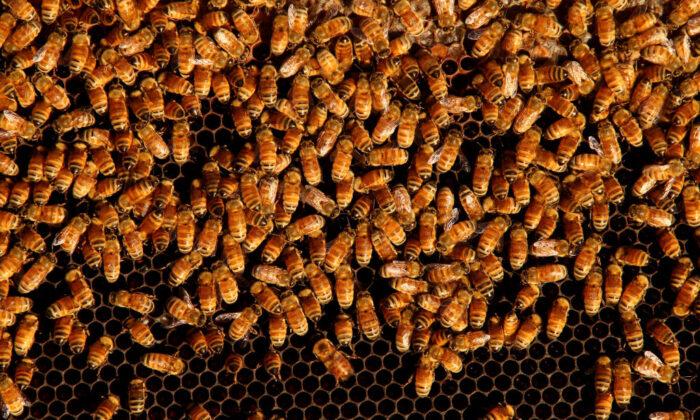From the inquiry, led by former chief scientist Mary O’Kane and former police commissioner Michael Fuller, 28 recommendations were put forward, with all 28 recommendations accepted either in full or in principle by the NSW state government in August.
The inquiry identified gaps in the capability of emergency service agencies, and concluded that without the self-organised community-led hubs that provided essential services to flood-affected and displaced citizens, it is likely that more people would have died.
Since another spring of disastrous floods began across NSW in February 2022, nine people have lost their lives.
Majority of the funding, nearly $160 million, will go towards enhancing NSW’s flood rescue capability in emergency services agencies and volunteer organisations; including the NSW State Emergency Service (SES), NSW Police, Fire and Rescue NSW, NSW Rural Fire Service, NSW Ambulance, Marine Rescue NSW, Surf Life Saving NSW, and the Volunteer Rescue Association.
Over $16 million will be used to support the delivery and management of welfare functions including evacuation centres, and nearly $12 million will help support volunteerism and members of the public who may become volunteers in a disaster.
Hawkesbury-Nepean Valley flood evacuation modelling in Sydney’s west will also receive $6.5 million after it was flooded multiple times this year.
Almost $2 million will go to support and enhance NSW’s climate and weather research capabilities, and $1.8 million to streamline Service NSW’s customer support for individuals and businesses affected by disasters through a grants delivery.
Funding will also go towards additional dedicated flood rescue vehicles, including 60 inflatable rescue boats and 16 high-clearance vehicles.
Training an additional 2,350 people in flood rescue and support volunteer initiatives will ensure seamless coordination with evacuation centres and emergency accommodation, the inquiry said.
NSW Passes Reconstructive Authority Bill
Part of the $199.4 million in funding includes $2.2 million which will go towards commencing the Reconstructive Authority.The Reconstructive Authority will have the power to facilitate the development, protection, and reconstruction of land of communities that may be directly or indirectly affected by natural disasters.
The authority will be able to develop on land within national parks, protected marine areas, land with native title claims, and even develop on the habitat of threatened species.
NSW Greens Party MLC Cate Faehrmann said she had concerns that the legislation could be used to grant authority to clear endangered ecosystems and habitats of threatened species without oversight from the environment minister.
Funding for NSW Emergency Services
The NSW State Emergency Services (SES) has also received funding from the state government following recommendations from the inquiry.The $89.4 million, which is part of the $199.4 million flood support package, will support the NSW SES in delivering and implementing a range of projects and improvements.
Other than additional vehicles and flood rescue equipment, the funding package will also offer enhancements to flood rescue training, which will allow for more than 80 additional training positions to support NSW SES volunteer training, and the ability to train 1,800 additional flood rescue qualified operators.
The implementation of a dispatch system that will align to other NSW emergency services, will also help support and coordinate staff in the 24/7 multi-agency rescue desk.
“As part of this funding boost, we will be provided the resources we need to enhance our lead role in flood rescue coordination and training, as well as hiring more staff in regional locations to harness local knowledge and support our volunteers,” York said.
“This year, we have seen our volunteers continue to step up throughout one of the state’s worst ongoing flooding disasters. Following the devastating events that unfolded in Lismore earlier this year, we have seen town after town inundated with water and thousands of calls for help made to the NSW SES.”





